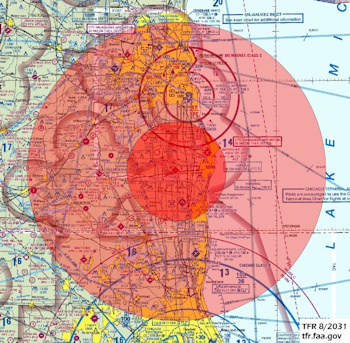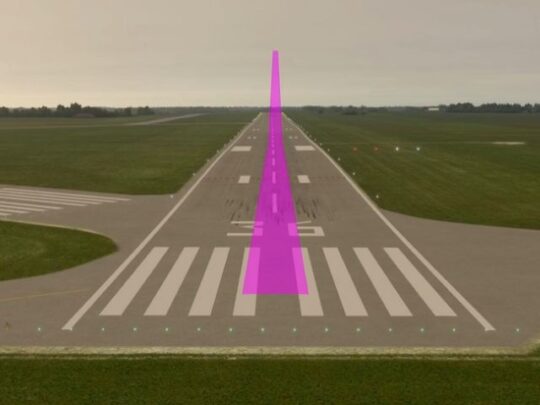Subscriber question:
"What are the different reasons TFRs are issued, and can you ever fly through them? How do you know?" - Frank M.
John:
 “TFRs or Temporary Flight Restrictions may be issued for several different reasons. Generally, they are issued to restrict aircraft operations in certain areas such as an incident or event on the surface (e.g. stadium), disaster relief, humanitarian reasons, to protect the President, Vice President, or other public figures and provide a safe environment for space agency operations.
“TFRs or Temporary Flight Restrictions may be issued for several different reasons. Generally, they are issued to restrict aircraft operations in certain areas such as an incident or event on the surface (e.g. stadium), disaster relief, humanitarian reasons, to protect the President, Vice President, or other public figures and provide a safe environment for space agency operations.
The first place to look is the specific language in the NOTAM. (NOTAMS can be obtained from a number of sources including Flight Service, apps such as ForeFlight, and online at tfr.faa.gov or pilotweb.nas.faa.gov). The NOTAM will have specific information on the dimensions of the TFR and requirements for entry.
Many TFRs will have an inner and outer area. Usually, the inner area is completely off-limits to non-participating aircraft. Only law enforcement or military aircraft are permitted. The outer areas may allow aircraft to transit the area with certain restrictions.
The NOTAM will also list the types of operations that are not permitted. Generally, these are anything except flying from one point to another. Examples of banned operations are flight training, practice instrument approaches, aerobatic flight, glider operations, and seaplane operations.
You can usually transit the outer area if you are talking and squawking—in other words, you are in communication with ATC and squawking an assigned transponder code (and have an active IFR or filed VFR flight plan). However, always check the full text of the NOTAM for specific information, dates and times.”
Has a TFR ever forced you to cancel a flight because it impacted your departure airport, destination airport or route?

